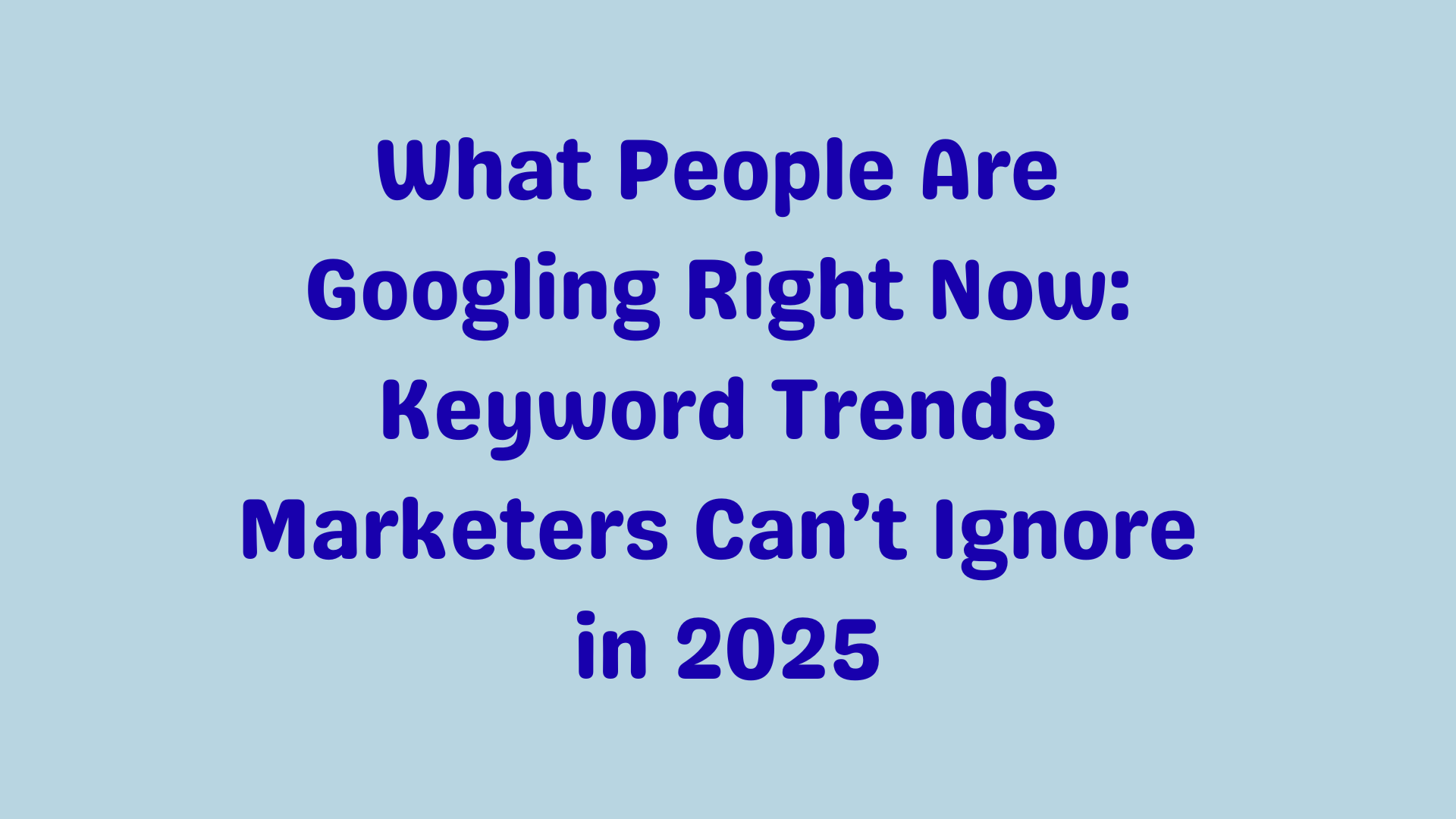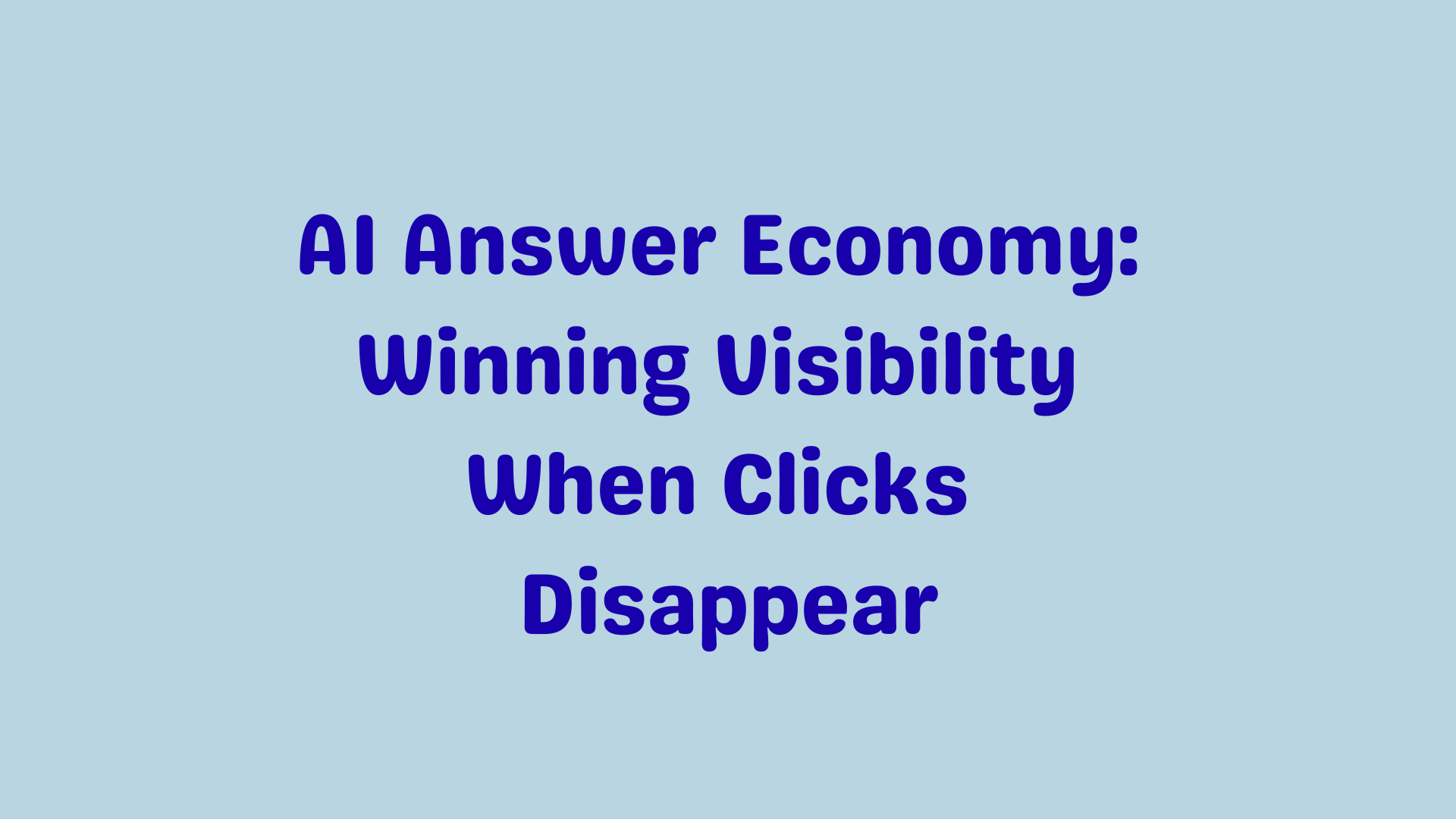Real-world wins with first-party data, modelled measurement & Privacy Sandbox — the tools you can trust today.
The End of Cookies Hasn’t Happened—but the Strategy Shift Has
Despite years of warnings, third-party cookies are still alive—at least for now. In mid-2025, Google officially scrapped its forced phase-out, opting instead to let users control cookie preferences in Chrome’s settings
But make no mistake: the industry has moved on. Both brands and privacy advocates are betting on first-party data, new measurement tools, and privacy-first frameworks to stay effective.
What’s Working: Three Proven Approaches
1. Lean In on First-Party Data
Collecting your own user information—through email sign-ups, loyalty programs, and interactive experiences—is now the most reliable path forward.
- Brands like Instacart are showing leadership here, using anonymized, privacy-respecting data to deliver relevant ads on and off their platform.
This kind of direct data is both powerful and future-proof, helping you personalize without breaching trust.
2. Mix in Modelling & Context
Where behavioural tracking falls short, intelligent modelling and ad context shine.
- Awareness strategies employing attention metrics—both active (user looks directly) and passive (user sees without looking directly)—are becoming invaluable. A recent study with Pinterest found passive attention can deliver 6.7× more attentive seconds per dollar than traditional tactics
- In parallel, contextual targeting (placing ads based on the page topic, not user history) is back in favor—precise and privacy-aligned.
3. Navigate Privacy Sandbox with Caution
The Privacy Sandbox includes tools like Topics API, Fenced Frames, and Attribution Reporting—designed for use without cookies
- But real-world tests tell a mixed story. According to Criteo, deploying Privacy Sandbox alone could slash publisher ad revenue by up to 60% compared to using third-party cookies.
Today, Sandbox tools might play a role—but only as part of a broader, balanced strategy.
3 Smart Steps for 2025
| Step | What You Should Do |
|---|---|
| 1. Build Your Own Data Assets | Capture customer interest and preferences directly—via email lists, chats, loyalty programs. |
| 2. Embrace Smarter Measurement | Combine attention metrics with modeling and context to see beyond clicks. |
| 3. Test, Don’t Fully Trust Privacy Sandbox | Use its tools with care—complement them with first-party and contextual channels. |
Why This Works
The digital ecosystem is realigning—and fast. Greater regulatory scrutiny, cookie restraints, and consumer expectations demand smarter, more authentic connections.
- First-party data meets people where they are, and wins trust.
- Attention-based campaigns cut through the noise, even when visibility is fleeting.
- Privacy Sandbox tools may help, but aren’t a silver bullet yet.
In short: the future belongs to marketers who own their data, measure what matters, and experiment wisely.



